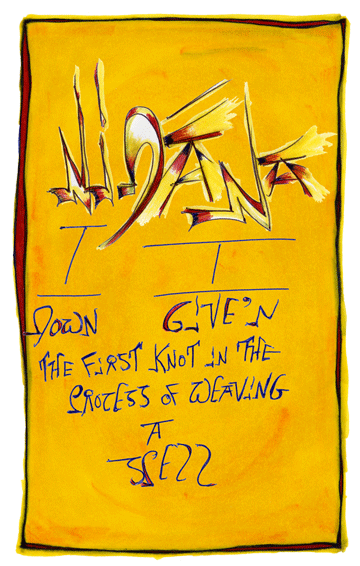|
|
|
|
![]() The "Sutta" or what is called here a "spell" (which is to be understood in the sense of a set of words put together so as to have a very powerful effect...in this case to have the effect of "dis-spelling" ignorance) has a very formal structure. It needs to begin with a statement concerning who it is that is speaking (that is that the individual is telling about something he has heard as opposed to speaking directly about something, it needs to give the location and circumstances, including the main characters, and it needs to accomplish a lesson, to educate the listener in some way...hopefully in many ways: it should be entertaining, it should be directed at some difficult to understand concept, and it should not only explain that concept, but also demonstrate that concept in some way. In the Pāḷi there is a further criteria: it should end having shown the way to Upekkha, Objective Detachment. The Nidana is the first part of the Spell, the part that describes who is speaking and the location and circumstances. The word means Ni=down, or put down, or set down; Dana=given, or bound, or cast; and it comes specifically from the name of the first knot in the process of weaving a rug.
The "Sutta" or what is called here a "spell" (which is to be understood in the sense of a set of words put together so as to have a very powerful effect...in this case to have the effect of "dis-spelling" ignorance) has a very formal structure. It needs to begin with a statement concerning who it is that is speaking (that is that the individual is telling about something he has heard as opposed to speaking directly about something, it needs to give the location and circumstances, including the main characters, and it needs to accomplish a lesson, to educate the listener in some way...hopefully in many ways: it should be entertaining, it should be directed at some difficult to understand concept, and it should not only explain that concept, but also demonstrate that concept in some way. In the Pāḷi there is a further criteria: it should end having shown the way to Upekkha, Objective Detachment. The Nidana is the first part of the Spell, the part that describes who is speaking and the location and circumstances. The word means Ni=down, or put down, or set down; Dana=given, or bound, or cast; and it comes specifically from the name of the first knot in the process of weaving a rug.
For advanced seers the Nidana is an aid in the process of focusing the mind on the time and place where a thing was said or done and enables them to travel in mind to that location and see an event as an eye-witness — conversely it allows them to know that a story is a lie and never took place at all.
Further Resources:
Glossology: Nidana
